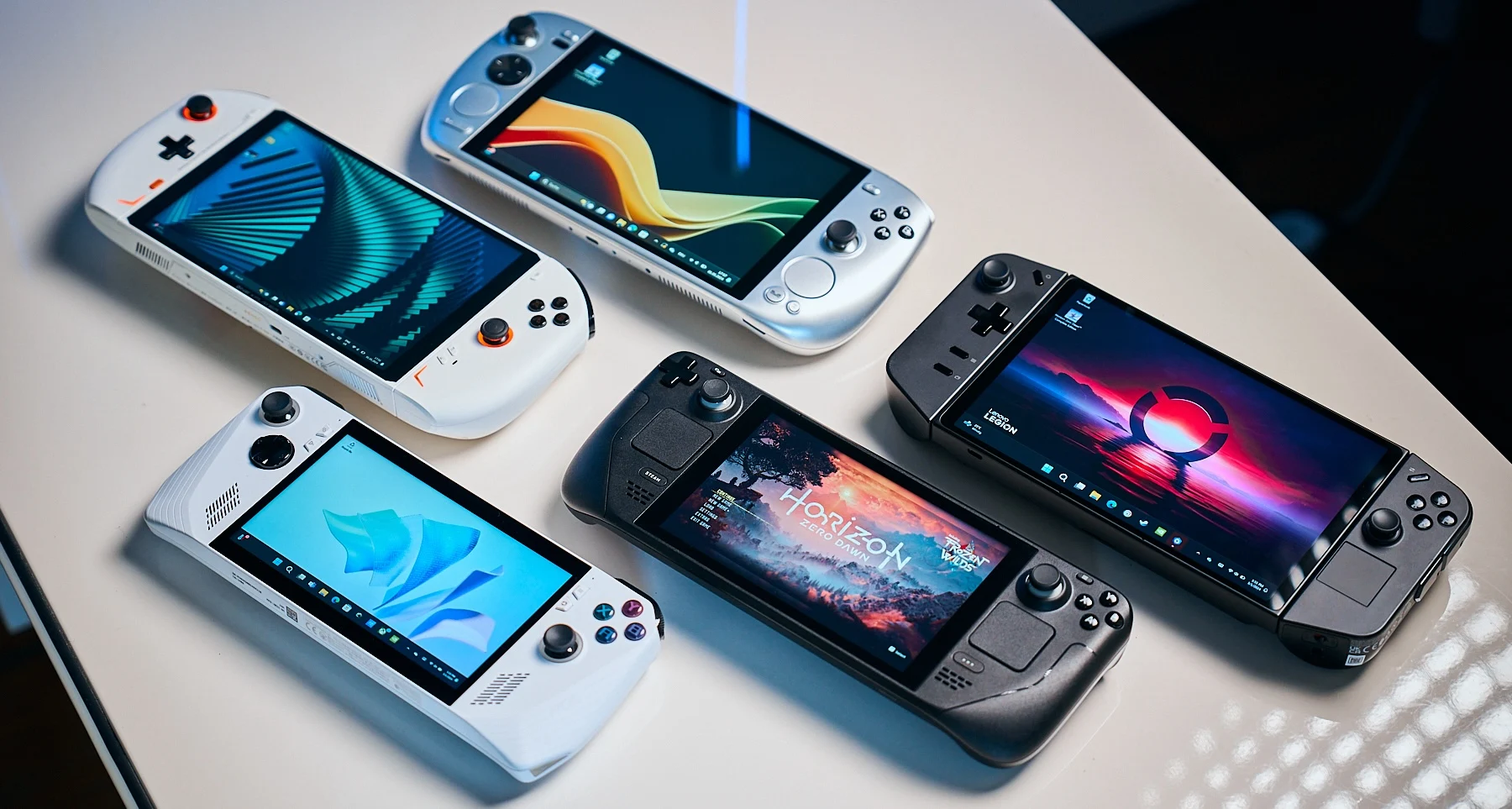Key Takeaways
1. Valve is actively working on adding Arm support to SteamOS, confirmed by recent code in the SteamOS GitLab repository.
2. An experimental version of the Steam Runtime for the 64-bit arm64 architecture is being developed, but it does not support 32-bit ARM binaries.
3. Arm support in SteamOS may be aimed at the upcoming Valve Deckard VR headset and could also benefit devices like Snapdragon-based Windows on Arm gadgets.
4. Valve is testing arm64 compatibility with various games, indicating a push to expand SteamOS compatibility beyond x86 devices.
5. Valve may adopt strategies similar to Apple’s Game Porting Toolkit to enhance compatibility for Arm hardware.
We have shared multiple times that Valve appears to be working on adding Arm support to its SteamOS, which is based on Linux. Recently, actual code has been discovered in the SteamOS GitLab repository that confirms this development.
Latest Discoveries
According to a post by SadleyItsBradley on X, the newest code commit for Steam Runtime discusses an experimental version designed for the 64-bit arm64 architecture. This shows that Valve is gradually allocating developer resources to enhance SteamOS with Arm support, even though the project is still in its early stages.
Specifications and Limitations
There is an experimental version of the runtime specifically for `arm64` (64-bit ARM, or `aarch64`). However, it’s important to note that this does not include support for a secondary architecture, meaning that 32-bit ARM binaries won’t be compatible.
Future Possibilities
Earlier predictions suggested that the introduction of Arm support in SteamOS was aimed at the upcoming Valve Deckard standalone VR headset. However, supporting Arm would also open the door for devices like the Snapdragon-based Windows on Arm gadgets, such as the Microsoft Surface Laptop 7, which is currently priced at $799.99 at Best Buy. Another theory in circulation is that Valve may be exploring Arm support for a future Nvidia-based Steam Deck 2.
It’s well-known that Apple leveraged Wine, the open-source foundation for Steam’s Proton compatibility layer for Linux, to create its Game Porting Toolkit. This toolkit allows Windows games to run on macOS devices powered by Apple silicon. Therefore, it wouldn’t be surprising if Valve pursued a similar approach for Arm hardware as they continue to develop their experimental Arm64 support.
Expanding Compatibility
Valve has also been observed testing arm64 compatibility with various games, including several non-VR titles. When you combine all the evidence, it seems clear that Valve’s goal is to broaden the range of hardware that can run SteamOS, incorporating Arm devices along with the existing x86 options.
Source:
Link


